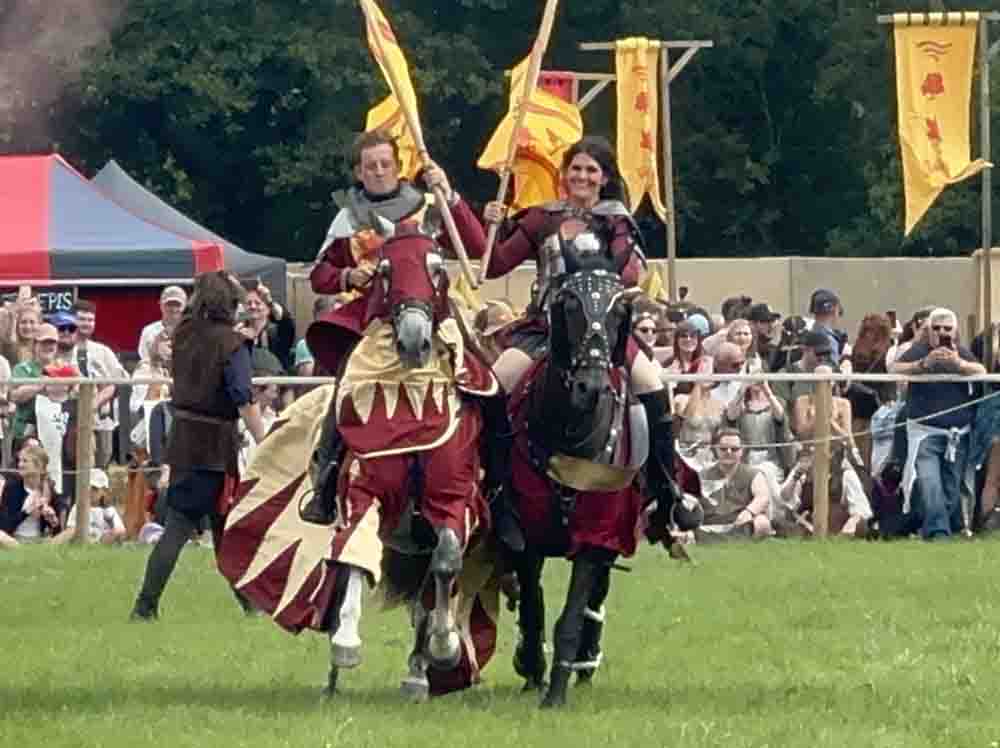


Good Things Rewilding Retreat: Botanical Dying in Cornwall

Botanical Dying in Cornwall
I’m always on the lookout for more sustainable and eco ways to live. So, when on a recent Rewilding Retreat in Cornwall I was asked if I wanted to take part in a botanical dying workshop, I jumped at the chance.
Botanical dying is a way of dying fabrics in an organic and eco-friendly way. It bypasses using modern, chemically processed dyes and instead goes back to using original plant-based dyes derived from nature. Which means the colours and pigments flow directly from petals, leaves and flowers straight onto the fabric.

The botanical dying workshop started with the lovely guys from @loveandhonour.co (a beautiful, natural boutique and florist in Saint Agnes, Cornwall) showing us which flowers were best to use for the natural dying process. Our teacher bought with her a wide range of vibrant, colourful petals, flowers & ground powders for us to use. She talked us through every flower and interestingly, even though a flower might have purple petals, that’s not always what colour dye it will produce on a fabric. So much of the process is organic and random that you never really know what the result is going to be.
We started by laying out a piece of natural cotton on the table and spraying it with plant vinegar until it was completely wet. We then picked a selection of colourful petals and leaves and lay them onto the soaked fabric, in whatever random or geometric pattern we chose. Once happy with the laid-out design we then sprayed plant vinegar on top, gently so as not to disrupt the pattern.


Then we used the bundle technique, so this involves rolling the fabric and leaves very carefully into a long tube shape and then either creating a Swiss roll shape or you can go wild and screw it up in whichever way you want, making sure that the whole thing is tied (or bundled together) with elastics or string. Once happy with our bundles we then immersed them in hot water to steam for a while. After the steaming process we had to allow the bundles to dry naturally, so we left them overnight.
The following morning, we did a big reveal. This involves a lovely process where we brought large pans of cold water out onto the garden table to unwrap the bundles, then give them a wash. The cold-water washes away the petals and any excess dyes and leaves, to reveal the finished result. We all waited in anticipation to see what the final patterns and designs would look like.

I created a tote bag and a pretty piece of fabric which I will use in my sketchbooks. I was really pleased with the result, even though it was very different from what I had envisaged. I had laid a series of beautiful, lilac-grey eucalyptus leaves on my fabric which I thought would leave a lilac colour dye, however it left a beautiful greeny-brown dye on the fabric.

I also created a tie-dye knotted tote bag, the technique for dying this was slightly different. I started with a blank canvas tote bag made of cotton and wrapped many circles of fabric, tightly bound with elastic bands in various locations on the body of the bag. Then wrapped the whole bag into a bundle with string. The principle is that everywhere that is bound and tied does not take in the dye. The remaining areas will be dyed with a beautiful violet stain leaving a lovely tie dye printed tote bag.

There’s something very satisfying about seeing what you’ve created especially when it’s not what you expected. The waiting process adds to the anticipation and the whole sequence of laying petals, cooking, dip dying and hand washing fabrics is very wholesome and mindful. It allows you to take time, slow down and it’s a relaxing creative process where you end up with a beautiful random result.


If you’re interested in botanical dying workshops then please check out @loveandhonour.co on instagram or join one of the amazing Rewilding retreats in Cornwall with @goodthingsretreats.

If you enjoyed reading Bonnie’s blog why not also indulge yourself and read part 1 too? Good Things Rewilding Retreat
Helpful links
Read more here:
Vital Details

Insidr knowledge

How to attend

Where to stay

How to get there

Where to eat

Accessibility

Trip highlights

Check out these other trips
Share this with your friends and family



ROUNDUPS & REVIEWS
Get a room!
Search hotels
Are you getting enough?
Sign up to our newsletter for a weekly fill of upcoming events, experiences and offers.
Thank you! Your submission has been received!
Oops! Something went wrong while submitting the form.
categories
authors
Other posts in this category
No items found.

Are you getting enough?
Sign up to our newsletter for a weekly fill of upcoming events, experiences and offers.
Thank you! Your submission has been received!
Oops! Something went wrong while submitting the form.
 Bonnie Rakhit
Bonnie Rakhittripr traveller
Hi, I’m Bonnie and I’m a fashion and travel, influencer, blogger and presenter. I was formerly the fashion Editor of British Elle Magazine, and have over 20 years of experience in the fashion industry having also worked for Grazia, Vogue and Sunday Times Style. I’ve been on TV many times including having a travel slot on ITV’s This Morning show, BBC and Sky News as a Fashion Expert and more recently a presenter on Channel 5’s, World’s Greatest Hotels. I live in London which I love for its vibrant life and culture scene, but I’m also in love with the sea. So you’ll often find me surfing in Cornwall, eating oysters in Whitstable and hanging out in Brighton.


















